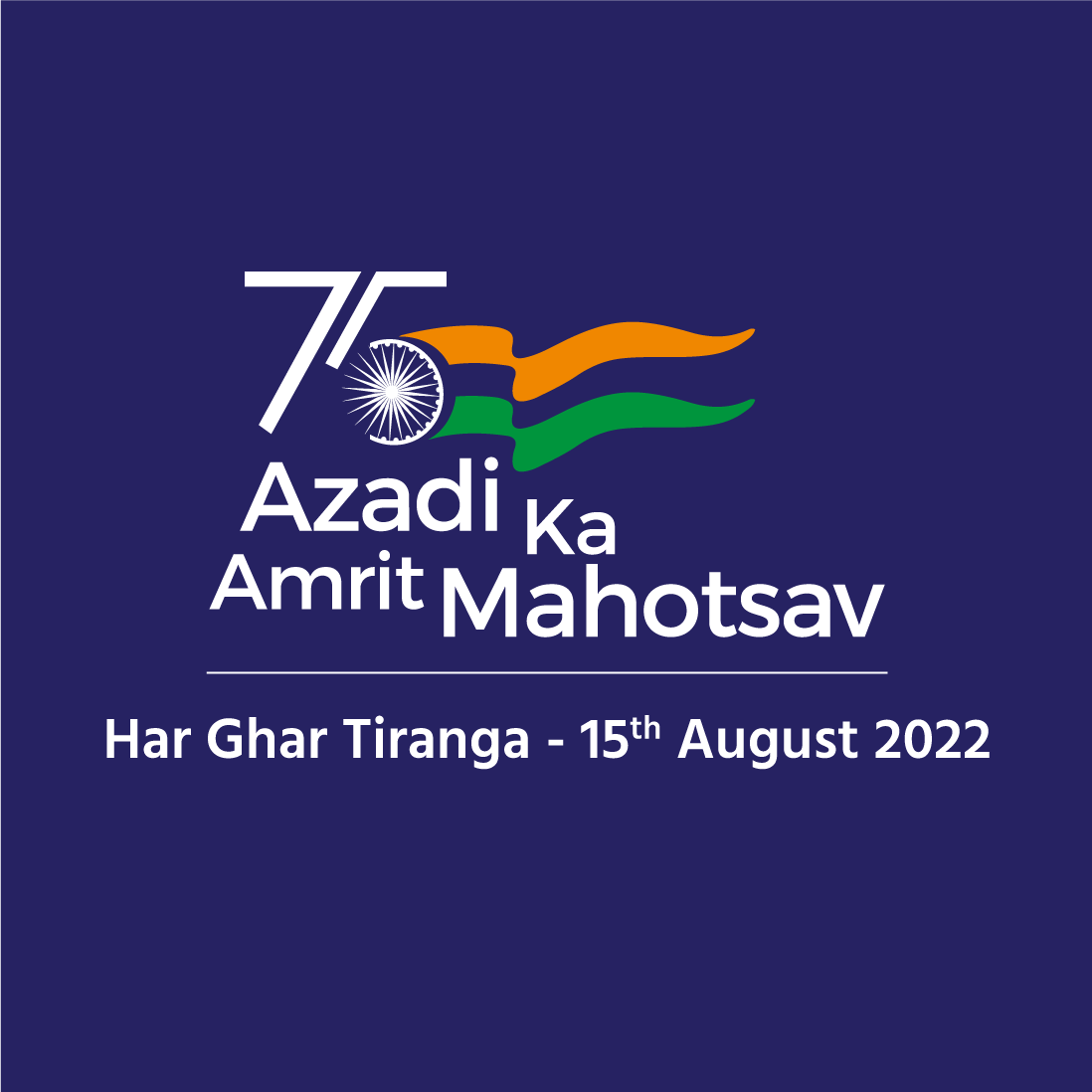
Indian Council of World Affairs
Sapru House, New DelhiFissures in the MAS- Changing Political Landscape of Bolivia
The political landscape in Bolivia is currently marked by escalating tensions between President Luis Arce and former President Evo Morales, leading to a significant and unmistakable split within the ruling party, the Movement Towards Socialism (MAS). This division has ignited fierce clashes between factions, resulting in road blockades, disruptions in the supply of essential goods, and widespread political turmoil. The conflict between President Arce and Evo Morales became particularly pronounced after the attempted coup in June 2024. In February 2025, Morales resigned from the MAS and joined the Front for Victory (FPV) along with thousands of his supporters, further solidifying the fracture within the MAS. The country is grappling with an economic crisis, and as the political landscape undergoes transformative shifts—especially with the presidential elections looming in August 2025—the potential for significant outcomes is undeniable.
The gravity of this situation cannot be overstated. The MAS, a left-oriented political party founded in 1997 to champion the interests of the working class, coca farmers, indigenous populations, and peasants, has emerged as a dominant political force. The party ascended to power in 2005, 2009, and 2014, with Morales serving as President on all three occasions, while Arce assumed the presidency in 2020. This illustrates the considerable political clout the MAS wields in Bolivia’s political sphere, which is now poised for drastic change due to the ongoing rift within the party. This paper unequivocally examines the split within the MAS and its significant implications for Bolivia’s political future.
The MAS, the split and a looming threat to its legacy
The political landscape of Bolivia has historically been fragmented, divided between those who advocate for greater state control over resources and production, and those who prefer a more free-market approach. Approximately 41 percent[i] of the population is indigenous, and the country heavily relies on agriculture and the export of raw materials such as minerals and natural gas. The Movement for Socialism (MAS) originated from indigenous and peasant resistance to neoliberal economic policies[ii], which many believed undermined their interests. In 1992, organizations like the Unified Syndical Confederation of Peasant Workers of Bolivia (CSUTCB)[iii] and the Syndicalist Confederation of Intercultural Communities of Bolivia (CSCIB) were founded. These groups later allied with other indigenous organizations, notably the Confederation of Indigenous Peoples of Eastern Bolivia (CIDOB),[iv] to defend the interests of peasants, workers, and coca farmers.
In 1997, the MAS was established on the principles of left-wing socialism, aiming to protect the rights of indigenous people, workers, peasants, and coca farmers. Evo Morales, a former coca farmer, became a prominent figure within the party and extended its outreach to urban areas by emphasizing themes such as anti-interventionism, anti-colonialism, dignity of labour, improved wages, and nationalization of resources. The MAS has been in power since 2005, implementing various economic and social policies that initially resulted in significant economic growth and greater income equality. However, it has faced criticism for failing to adequately address issues such as inflation, foreign exchange shortages, and declining natural gas production.
The split within the MAS between factions loyal to President Luis Arce and Evo Morales transcends mere ideological differences and approaches to governance. Morales is still viewed by many as the true patriarch of the party, a leader who successfully united coca farmers, peasants, and workers to create a strong platform.[v] In contrast, President Arce is seen as a technocrat and an astute statesman who effectively managed the pandemic and is well-regarded among urban voters. The MAS's electoral success is largely due to its appeal to a broad audience, encompassing both rural and urban electorates, which is critical given Bolivia's pronounced social and ethnic divisions.
However, the deep rift between the two factions has hampered the MAS’s ability to function as a cohesive political force. This division has been exacerbated by two factors: Morales’s departure from the party to join the People's Force (FPV)[vi] and the emergence of a renewed opposition, particularly with the upcoming elections in August 2025. Morales's move to the FPV,[vii] along with a notable number of supporters, may negatively impact MAS's electoral prospects in regions with higher rural and indigenous populations. The split has led to repeated strikes and blockades, disrupting government services and contributing to economic distress. Although Bolivia's Constitutional Court has barred Morales from running in the upcoming presidential elections, he continues to wield significant influence, posing a challenge for the MAS.
In recent years, opposition parties[viii] and organizations in Bolivia have gained strength, seeking to capitalize on the divisions within the MAS. The previously fragmented opposition has become more cohesive, fuelled by the country’s worsening economic crisis, marked by inflation, shortages of consumer goods, and the impact of strikes and blockades by opposing factions within the MAS. There is a shortage of foreign reserves, and the energy sector, which once fuelled Bolivia's growth, is now troubled. The political divide within the MAS highlights[ix] its vulnerability, giving the opposition a renewed opportunity to contest the 2025 elections and present an alternative. However, it is ironic that Evo Morales, Bolivia's first indigenous president and the founder of the MAS, resigned from the party, which could signal a gradual change of guard in MAS’s leadership and reform within the party. Regardless of the outcome of the presidential elections in 2025, the MAS’s contribution will remain significant in Bolivia’s political history, having been in power since 2005 and overseeing crucial economic and social reforms. In the face of a rising opposition, MAS will have to prove its mettle in the forthcoming elections and President Are will have to deliver on his promises to fight against the incumbency.
Future Outcomes
The MAS is now facing increased competition from a revitalized opposition and from Evo Morales, who still wields considerable influence in rural and indigenous communities. Bolivia is grappling with economic challenges, and there is a palpable sense of ideological fatigue among voters due to unmet promises. Additionally, there is a divide within the ruling party and a partially paralyzed administration, which enhance the chances for the opposition coalition. In this context, the 2025 presidential elections will be critical for the MAS, as its prospects appear challenging.
*****
*Dr. Arnab Chakrabarty, Research Fellow, Indian Council of World Affairs (ICWA)
Disclaimer: The views expressed are personal.
Endnotes
[i] IGWIA. (2024). Indigenous People in Bolivia. Accessed 2nd March 2025. https://iwgia.org/en/bolivia.html.
[ii] John Polga Hecimovich. (2025). Bolivia’s political chaos signals an economic meltdown. GIS Reports. Accessed 4th March 2025. https://www.gisreportsonline.com/r/bolivia-political-chaos/
[iii] Voice of Americas. (2024). Bolivia’s Morales barred from running for political office. Accessed 3rd March 2025. https://www.voanews.com/a/bolivia-s-morales-barred-from-running-for-political-office/7858017.html.
[iv] Gabriel Rodríguez García. (2024). Bolivia in its labyrinth. NACLA. Accessed 4th March 2025. https://nacla.org/bolivia-its-labyrinth.
[v] BTI. (2024). Boliva Country Report 2024. BTI Transformation Index. Accessed 3rd March 2025. https://bti-project.org/en/reports/country-report/BOL.
[vi] Americas Quarterly. (2024). Bolivia’s Turmoil may lead to a Political Shift. Accessed 4th March 2025. https://www.americasquarterly.org/article/bolivias-turmoil-may-lead-to-a-political-shift/.
[vii] EFE. (2025). Bolivia’s Morales announces presidential run with new party. Accessed 3rd March 2025. https://efe.com/en/latest-news/2025-02-20/bolivias-morales-announces-presidential-run/.
[viii] Americas Quarterly. (2025). A new reality for the MAS in Bolivia. Accessed 4th March 2025. https://www.americasquarterly.org/article/a-new-reality-for-the-mas-in-bolivia/.
[ix] M&G. (2024). Divisions threaten Bolivia’s MAS and its legacy of left-wing transformation. Accessed 4th March 2025. https://mg.co.za/thought-leader/2024-11-29-divisions-threaten-bolivias-mas-and-its-legacy-of-left-wing-transformation/.















